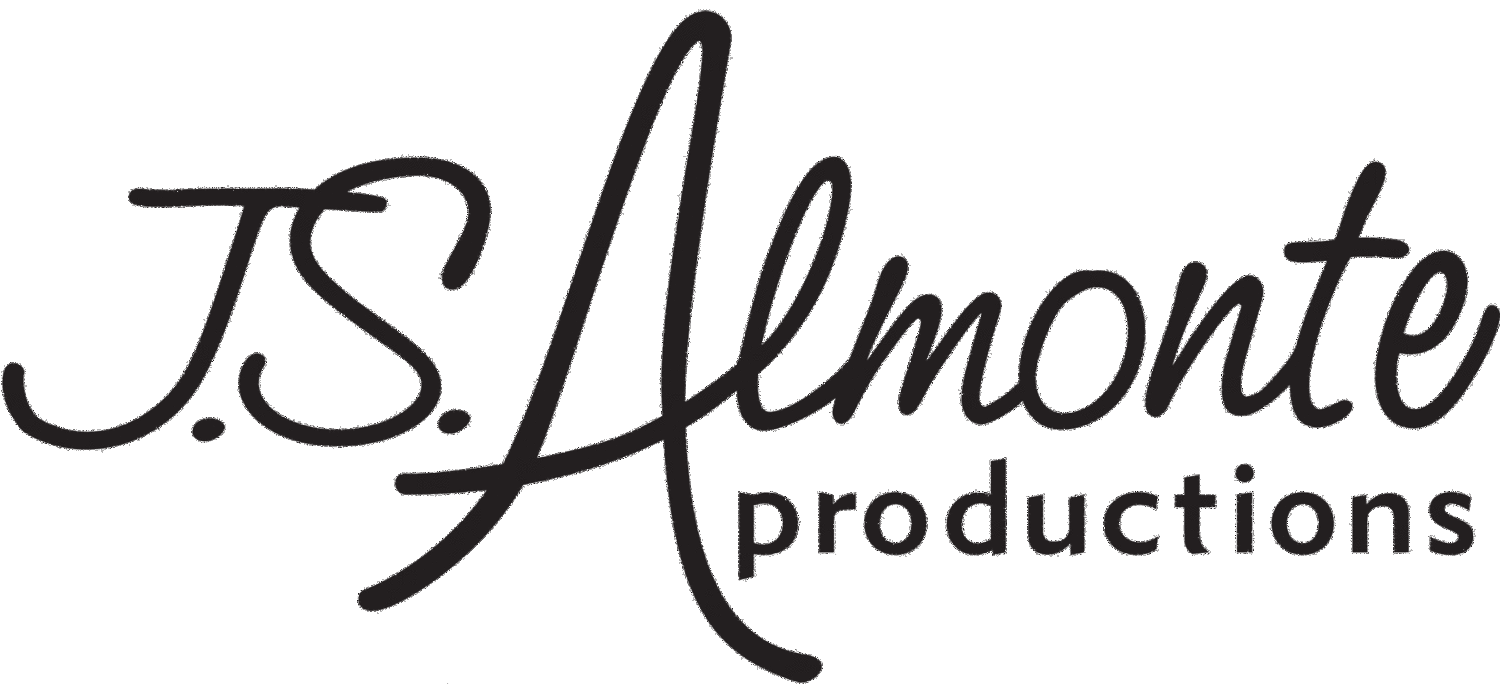One of my favorite discussions from the now defunct Jive Junction was a thread where people posted instructor bios, but substituted all pronouns so they all read in the first person. Hilarity ensued. It’s an unconscious habit I’ve picked up when reading bios for various events. I understand the types of audiences these things are usually geared towards, but would you really consider introducing yourself to another person in the real world with the line, “Without a doubt, I am one of the most talented dancers in the world.”
A friend pointed out to me recently that becoming a vernacular jazz dance instructor and performer requires you to do a lot of things that you wouldn’t necessarily consider as part of the job description. Marketing is one. Web design is another. Negotiating. Fashion design. Video editing. Graphic design. Heck, I could probably make a killing teaching private lessons in basic customer service skills.
As a result, Lindy Hoppers occasionally make some questionable choices to get their names out. Most of them fall under the heading of mildly amusing like the above example. There are others, but I’m afraid those are a bit obvious. Anyway, I’m not here to mock people . . . or at least not today.
I’ve been thinking about this because of some interesting conversations I’ve had recently about how dancers promote themselves in our scene. A lot of what they do, like the stuff above, is just funny, but other times I marvel at the absurdity of it all.
A few years ago a dancer came up through DC to teach workshops and that person billed themselves as “The National Jitterbug Champion.” Not just any jitterbug champion mind you. That struck me as odd because I tend to pay attention to these sort of things, and I had never heard of this person. I did a little digging around and found out that they had won the Amateur division at Camp Hollywood one year.
Technically this person was telling the truth, and granted, I’m not the target of these announcements, but generally speaking, that kind of exaggerated claim tends to make me more skeptical about a person’s ability to teach or dance. It feels like they're overcompensating for something.
I imagine it must be very hard trying to make a living as a dance instructor. I was talking taxes with Nina Gilkenson a few years ago and she told me how much she made annually from dancing. Let’s just say it made me very thankful for my meager government salary.
Nina is part of a generation of dancers that emerged early on in the late 90’s revival because of her exceptional abilities. You see her dance and she stands out even in a crowd of other great dancers. She was chosen to teach, and is continually hired to teach because of those abilities.
The scene has grown quite a bit since then. Now we have more and more dancers self identifying their desire to become professional lindy hoppers rather than being chosen by the community. The main problem for an up and coming dancer is not just getting noticed apart from their peers, but also prove themselves to a community that is has grown older and harder to impress than it was 10 years ago.
I see a lot of good dancers coming up that would have been considered amazing just five years ago, but now they’re one of dozens of dancers in a typical advanced level competition. Then there’s that tier of dancers like Nina who are as young as some of these newer dancers, but with 10 years of experience.
And the bar keeps rising every day and the field gets more and more crowded. Because of the previously mentioned lack of other skills, some dancers are fumbling around to find ways to get themselves noticed.
The unfortunate side affect is seeing dancers treat competitions and performances more as marketing opportunities and less as creative endeavors. This leads to performances that take fewer artistic risks; where dancers are asking, sometimes begging for the kind of recognition that was originally bestowed on dancers without solicitation.
I can think of few performances in the past year that have made my jaded eye take notice. Two of them are by the same couple. It’s not that other routines have been bad. Quite the opposite, I would say that the overall quality and quantity of routines in the past year is as high as it’s ever been. However, as I said before, the standard is also higher than it’s ever been, and even winning a competition isn't always enough.
Take, for example, Bethany Powell and Stefan Durham's performance from last year's inaugural International Lindy Hop Championships.
Stefan & Bethany’s routine is remarkable by how much buzz it created after ILHC even though it placed 4th. I’m of the opinion that was because they were more creatively daring than the other routines which were more conventional.
Their Frankie 95 routine goes a step further than their ILHC one. It’s almost boppish in its sensibilities mostly because you’re not quite sure where they're going to go next, but they still end up taking you someplace satisfying. It's different than what we've come to usually expect from Lindy routines, but it's still logical enough in its progression to keep the audience engaged.
The lesson here is that the best form of self promotion in a dance scene is actual dancing. Hopefully creatively bold. Of course that kind of choice caries all kinds of risks. I’ve seen some “bold” ideas in the past that probably should have been left unspoken.
But that’s jazz, and I’d rather see more of that in Lindy Hop than marketing gimmicks.


